When it comes to sharing your professional achievements and looking for intriguing new opportunities, LinkedIn is a terrific resource. With a 77% advantage, it is the most used channel for online recruitment, followed by Facebook with 63%. So be sure to present yourself in the most professional manner possible on the website. But be careful how you build your profile. As a rule of thumb, you’d want it to be fully optimised with your spectacular skills on display, so t that you can instantly sweep sourcers off their feet at first glance. However, make sure you are genuine and don’t include skills that you don’t actually have. Did you know that 75% of HR managers have caught a lie on a resume? If you don’t want to alienate potential employers (or your present ones), this LinkedIn audit checklist will help you avoid 5 key mistakes when optimising your profile. Don’t know where to start? We’ve got your back – see further our top useful tips to help you connect and build professional relationships.
Tip #1: Missing the Аbout section
Your title and the first two lines of your summary section will be the first things readers see.
Adding a summary of your experience, interests, or achievements is very appealing.
In reality, you only have a few seconds to impress a visitor to your LinkedIn profile and grasp their interest, so make sure that what you choose to write there counts. They will click away if you fail to capture their interest, and the opportunity will be wasted. You have 120 characters in your title to briefly introduce yourself and your work.
Pro tip: Don’t make it all about you. People don’t care who you are, they only care about what you can do for them. To do this the right way, make sure you check out their LinkedIn headline fails as well.
So whenever you write a description of yourself, do it from a “what’s in it for me” perspective.
Taking this into consideration, think about how you’d deliver your information, abilities, and experience so that it amply demonstrates how others can benefit from it – be it new clients, partners, groups, or employers.
Speak to your target audience directly. You want potential customers to immediately recognise that they are in the proper location and that you are the expert who can solve their particular problems when they visit your profile.
Be wary of oversharing! It is generally frowned upon when users share personal information on LinkedIn. After all, this is a strictly professional network as opposed to Facebook or Twitter for example.
A decent general rule of thumb is to avoid posting anything on LinkedIn that isn’t business-related unless you want to risk losing the respect and confidence of your contacts.
This is not to say that you should never write anything personal, but do so in moderation and with consideration for your LinkedIn audience.
Other poor communication practices that you may want to steer clear from on LinkedIn include, but are not limited to:
- Spelling mistakes
- Posting complaints (be it about former/ current employer, colleagues or company)
- Content unrelated to jobs
- Personal photos
- Large chunks of text
Tip #2: Career experience that doesn’t match your CV
It’s not only useful but also immensely practical to know how to list work experience that isn’t connected to the position you’re looking for on a resume. You don’t want to mislead talent sourcers by messing up your work chronology, whether intentionally or not. Hiring professionals are receptive to work experience relevant to the current position you may be applying for. Hence, there are specific circumstances in which irrelevant work should be listed, and, if done correctly, can be used to your advantage. Your career prospects may improve if you learn how to combine any unrelated work experience with the one that can be linked to your current application.
Recommendations from previous employers
One of the worst mistakes a job seeker can make is to neglect to use the recommendation option on LinkedIn. Your chances of being recruited or passed over could depend on a reference from a reliable source.
The majority of people dislike talking about themselves. However, failing to share what makes you great at your profession or your personality’s strengths could eliminate you from consideration for that new job or position.
This is why social proof is essential – when introducing a new team member to support their choice to stick with that individual, sourcers rely on the opinions and experiences of other people.
Pro tip: Send a customised message to three to four people who will attest to your quality of work and gladly share positive feedback about their past mutual work experience with you.
Tip #3: Having an empty profile
Did you know that you have about 7 seconds to impress a recruiter?
Imagine you don’t have a profile or background photo, an appropriate job title, a missing surname, etc. – you’d immediately force a sourcers to move on to the next one. Not to mention if your profile doesn’t have the necessary keywords and phrases, you won’t even show in the recruiters’ search.
According to Business Insider, it is of paramount importance to have a profile photo on LinkedIn as that change only gives you already a 7 times greater advantage as opposed to blank profiles. Other mistakes that you can make when choosing profile photos are:
- Using old photos
- Choosing a blurry photo
- Group photos
- Inappropriate attire
Most employers consider LinkedIn to be an online resume, and this is why you should treat it accordingly. Do you think it would make you a good candidate if you send your potential new employer sloppy work before you even started? The way your profile is built says a lot about you and your attitude towards work, so essentially, you’d want to make the best impression and avoid presenting yourself poorly on a reputable social media platform.
It can be tempting to ignore some profile sections, thinking that future employers won’t care about them. However, going above the bare minimum of background information might help you connect with readers and give them a better idea of who you are, what you want to achieve, and what you have to offer.
Tip #4: Not adding your education
Although it may seem like a no-brainer, providing information about your schooling is crucial for creating a LinkedIn profile. Moreover, if you are a recent graduate, that should be one of the first sections of your profile an employer will review. Most positions sourcers recruit for require it. It also serves to strengthen your profile.
Education is important, which is why you need to include a detailed list of your relevant qualifications and academic level on LinkedIn. Not to mention, it will give you a certain advantage over other candidates if you come across fellow graduates.
When writing this section, you should also mention the positions you’ve held and your accomplishments there, but only if they’re relevant to the types of responsibilities you’re going for.
However, rather than just listing the duties of the position, you should emphasise the value you brought to the organisation, and how you contributed to its overall business development and growth.
When describing specific positions in which you may have held responsibility, it’s good practice to use powerful verbs and action words like “managed,” “lead,” and “grew.” They have strong connotations and show that you are able to take responsibility and action as opposed.
Tip #5: Not setting your language proficiency
Nowadays, most job positions require knowing languages to a certain degree. This is the place to showcase your skills. Don’t forget to set the correct level of proficiency. Thankfully, LinkedIn has made it easy-peasy to promote your language skills. You can find them in the “Languages” section under the “Accomplishments” header on your profile.
Aside from boosting your confidence and deepening your connection to other cultures, studies show learning new languages improves decision-making. This is a vital soft skill nowadays and can help you stand out from the crowds. Did you know that bilinguals have notoriously better attention and task-switching capacities?
Being multilingual can provide you with a distinct competitive advantage over other candidates that are monolingual. Regardless of your industry, and degree of competence, they are among the top eight all-time talent features. What is more, the need for multilingual workers is skyrocketing. Actually, the numbers show that American job postings particularly those targeting multilingual workers have increased by over 30% between 2010 and 2015.
To sum it up
It may be daunting to deal with a LinkedIn profile if you don’t know where to start. Our sourcers are rooting for you and have compiled this list of helpful tips. If you follow a simple checklist, you’ll be on the road to success and get discovered in no time. As long as you make sure to follow adequate structure when building your profile, you will have all the vital components of a great and presentable account. Quality photos and clear and truthful work history will create an instant good impression and have recruiters want to know more about you and give you the chance to show off your qualities even further. Regardless of whether you’re a student, a fresh graduate or a job seeker in between long-term contracts, a well-structured checklist should help you avoid detrimental mistakes that most people make when building their LinkedIn profiles.

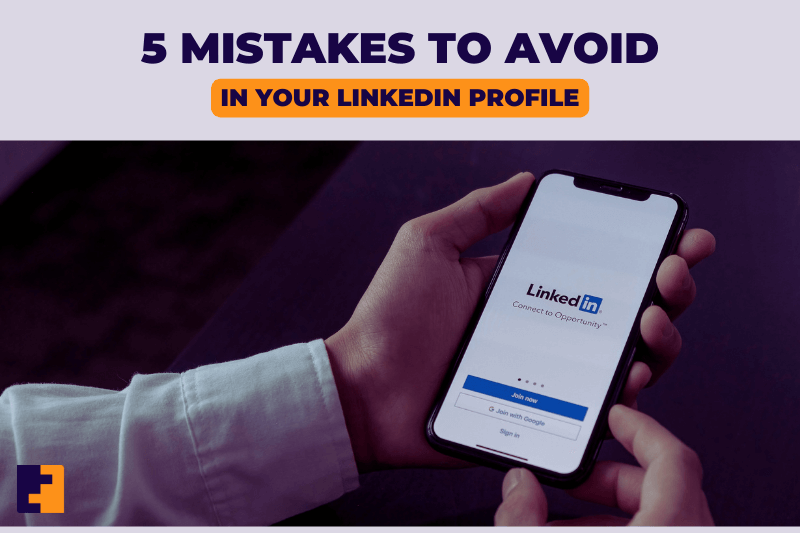





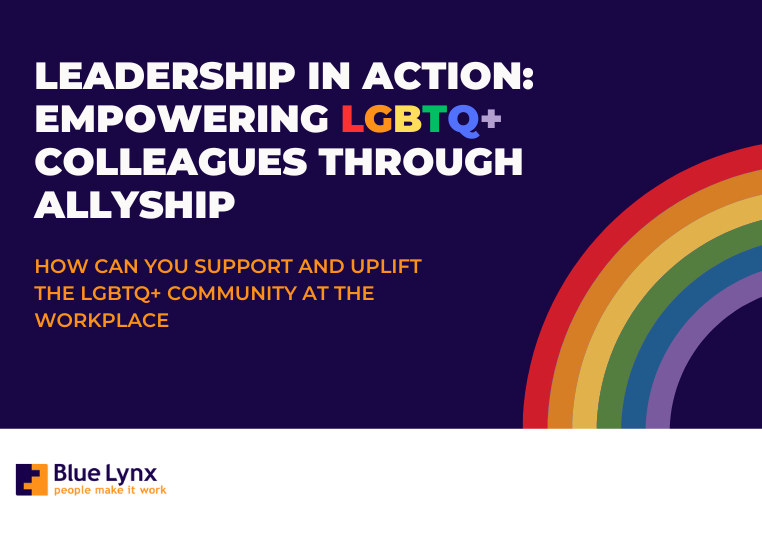

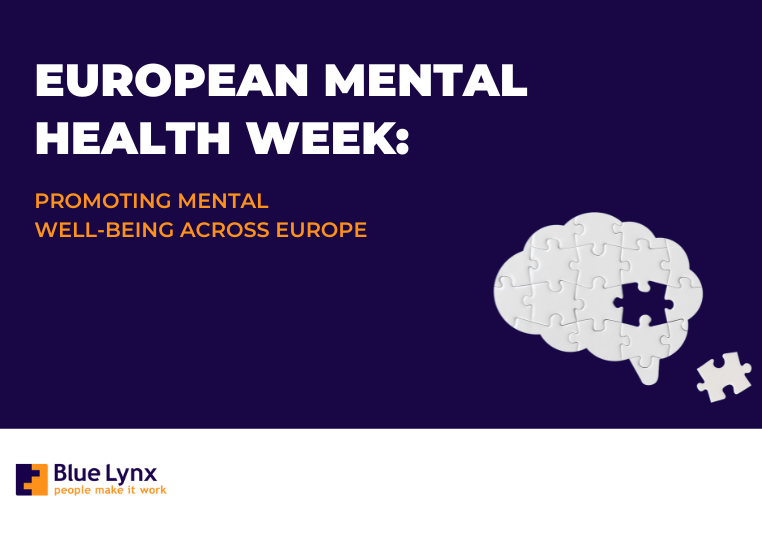
![Education vs. experience [Title] Job requirements: Education vs. experience](https://bluelynxcareers.bg/wp-content/uploads/bb-plugin/cache/Job-requirements-education-vs-experience-landscape-1ec43d95a48ad704bd7217ec829c042f-.png)
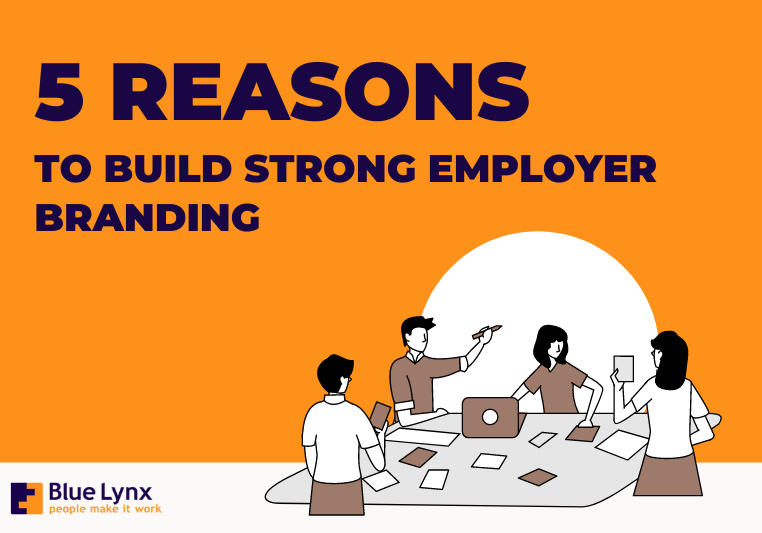
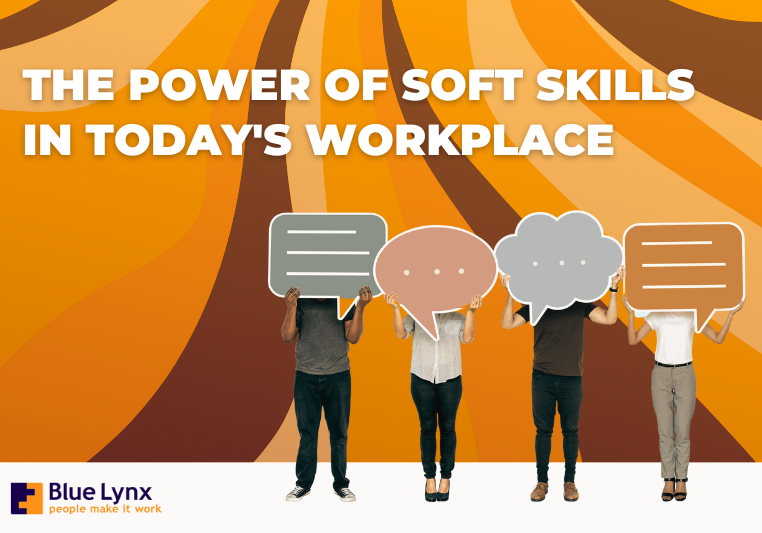
![Unlocking the Connection between Sleep, Work, and Productivity The Importance of Quality Rest for Optimal Performance [Title] Unlocking the Connection between Sleep, Work, and Productivity The Importance of Quality Rest for Optimal Performance](https://bluelynxcareers.bg/wp-content/uploads/bb-plugin/cache/Unlocking-the-Connection-between-Sleep-Work-and-Productivity-The-Importance-of-Quality-Rest-for-Optimal-Performance-landscape-2b91ccd746800d863e8c65276c6876c9-.png)
![Attracting Talent and Driving Innovation The Role of Sustainability in Modern Business [Headline] Attracting Talent and Driving Innovation The Role of Sustainability in Modern Business [Headline]](https://bluelynxcareers.bg/wp-content/uploads/bb-plugin/cache/Attracting-Talent-and-Driving-Innovation-The-Role-of-Sustainability-in-Modern-Business-landscape-7f26c9342f1650800e5633d1b4424d68-.png)

![Toxic productivity [Title] Toxic productivity](https://bluelynxcareers.bg/wp-content/uploads/bb-plugin/cache/Toxic-productivity-landscape-ce165975805cbbc4b58e4c23cf758014-.png)